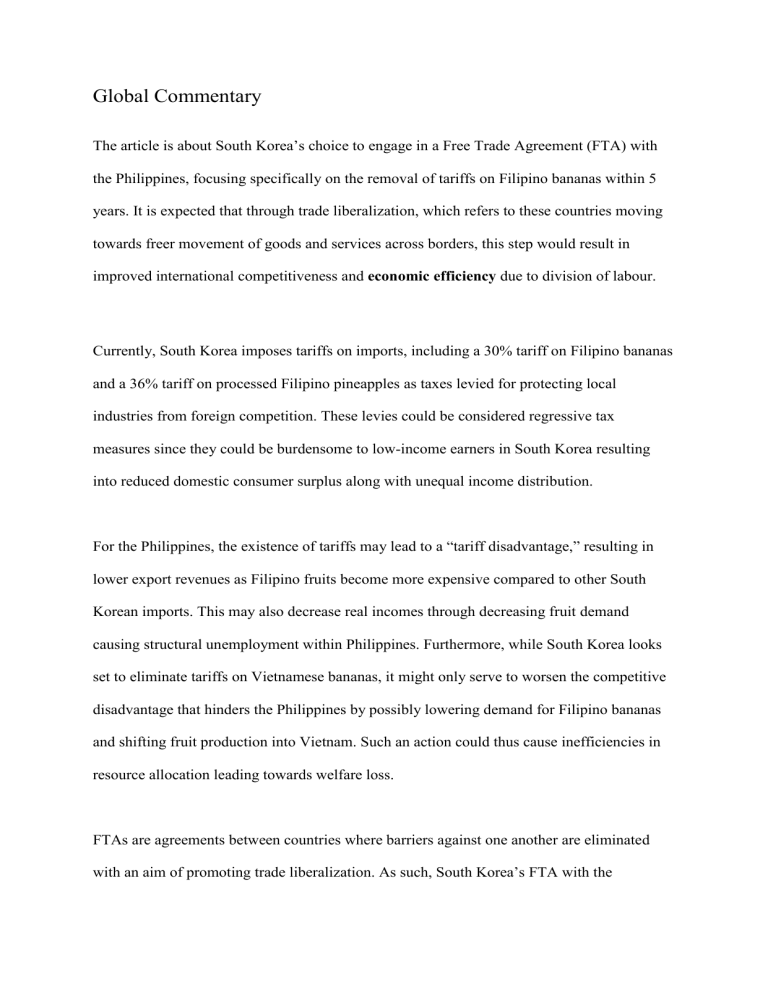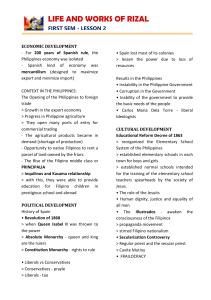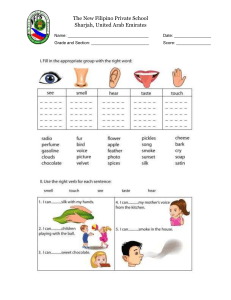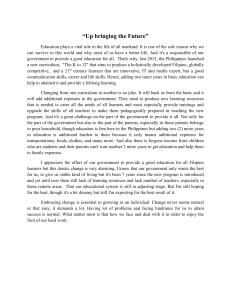
Global Commentary The article is about South Korea’s choice to engage in a Free Trade Agreement (FTA) with the Philippines, focusing specifically on the removal of tariffs on Filipino bananas within 5 years. It is expected that through trade liberalization, which refers to these countries moving towards freer movement of goods and services across borders, this step would result in improved international competitiveness and economic efficiency due to division of labour. Currently, South Korea imposes tariffs on imports, including a 30% tariff on Filipino bananas and a 36% tariff on processed Filipino pineapples as taxes levied for protecting local industries from foreign competition. These levies could be considered regressive tax measures since they could be burdensome to low-income earners in South Korea resulting into reduced domestic consumer surplus along with unequal income distribution. For the Philippines, the existence of tariffs may lead to a “tariff disadvantage,” resulting in lower export revenues as Filipino fruits become more expensive compared to other South Korean imports. This may also decrease real incomes through decreasing fruit demand causing structural unemployment within Philippines. Furthermore, while South Korea looks set to eliminate tariffs on Vietnamese bananas, it might only serve to worsen the competitive disadvantage that hinders the Philippines by possibly lowering demand for Filipino bananas and shifting fruit production into Vietnam. Such an action could thus cause inefficiencies in resource allocation leading towards welfare loss. FTAs are agreements between countries where barriers against one another are eliminated with an aim of promoting trade liberalization. As such, South Korea’s FTA with the Philippines looks forward towards phasing out duties on Filipino bananas over five years thereby enhancing bilateral trade between them. This is illustrated in the diagram below: Figure 1: The banana market in South Korea after 5 years. It is not stated in the article if South Korea has local bananas. The diagram therefore addresses the importation of bananas from the Philippines to South Korea. In South Korea, the imports of bananas range from Q2-Q3 prior to FTA. Nevertheless, after removing 30% tariff, world price falls from P(w+t) to Pw which makes Filipino bananas affordable for consumers. As a result, imports rise from Q2-Q3 to Q1-Q4. This leads to an increase in consumer surplus thereby reducing their willingness pay. However, c+g producer surplus decreases to g thus indicating inefficiency of resource allocation and loss of welfare as countries exporting to South Korea will earn less than before hence other producing countries incur losses although aggregate area remains constant. It signifies that despite enhancing economic efficiency it comprises different actors. Nevertheless this FTA promotes trade creation due to substitution of high cost bananas from other countries by low costs Filipino banana. This may enhance access into foreign markets for Philippines businesses that allow them enjoy economies scale and increased profitability. Additionally, Economic cooperation between South Korea and Philippines can improve political stability which boost confidence on economic front. Consequently through FTA smart sustainable investments might find place in a robust market. On top of eliminating fruit tariffs, the FTA will remove preferential market access for targeted food products by eliminating 1531 tariff lines. This means that Philippines’ current account position is expected to be improved because it will reduce trade deficit and decrease national debt. Moreover there could be less reliance on few trade partners that would help enhance economic efficacy as well as make it more resilient towards business cycle fluctuations. Also serving as export hub may lead into generation of jobs in Filipino food industry hence raising total output in tertiary section which will promote economic growth and improve standards of living. In addition, South Korea wants 9,909 lines for tariffs abolished on its industrial goods imported from the Philippines. This would enable the country to maximize its capacity utilization in the secondary sector by reallocating resources to low-cost industrial products. So indirectly, this will generate a multiplier effect whereby industries in anyway, create demands for other sectors thereby resulting more works in the Philippines and hence more total output. In addition, South Korea plans to undertake a process of getting rid of the 36% the tariff on pineapples over a duration of 7 years. This may thus lead to lowered prices for Filipino imports that could in turn improve demand for the Philippine peso and cause currency appreciation. It could signal higher interest rates, which may attract foreign investment thereby enhancing the country’s prospects for economic growth. Furthermore, specialization can be promoted by both countries as they exploit their comparative advantages and maximize productivity through exporting what they are best at producing. This highlights how the mechanism of comparative advantage supports efficient allocation of resources and maximizes social welfare. However, eliminating tariffs on Vietnamese bananas completely within the next year by South Korea could create customer loyalty for Vietnamese exports thus limiting market access for Filipino banana exports. While this might increase consumer welfare in South Korea, it is likely to pose problems to exporters from Philippines However, stronger bilateral relations could give Filipino exporters an opportunity to penetrate new markets in South Korea thus overcoming reduced market access effects. Nonetheless, both nations would become more vulnerable to supply chain disruptions due to heightened interdependence. Weaknesses in one trading partner will result into delays in imports from another hence lowering overall efficiency. To conclude, a free trade agreement between these two countries has the potential of boosting economic efficiency through better diplomatic relations and increased specialization. The deal allows the mechanism of comparative advantage to work effectively resulting in efficient resource allocation and hence economic growth coupled with welfare maximization.




